CPG Companies Have the Resources to Fight This Pandemic – Here’s How They’re Contributing
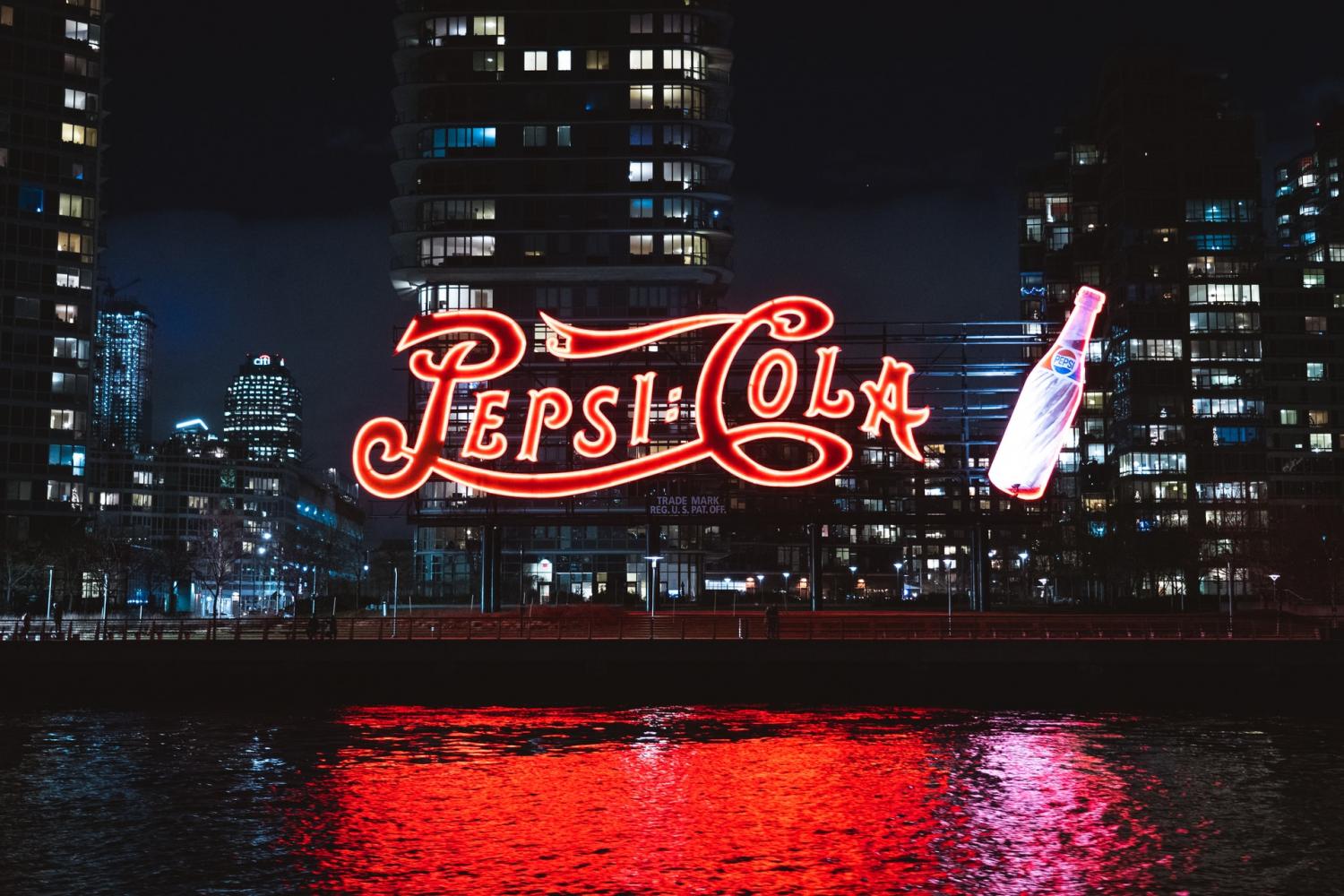

As consumers continue to stock up on their products, the world’s largest CPG (consumer packaged goods, or “fast-moving consumer goods”) corporations are among the multinationals that stand to benefit the most during this pandemic. Whether it’s the cleaning agents to help keep the novel coronavirus at bay or the shelf-stable foods we seek as we’re sheltering in place, these CPG companies are also in a strong position to be of assistance during this crisis.
Here’s a roundup of how these companies have been assisting the global effort to take on this ongoing pandemic.
Coca-Cola
The beverage giant has promised $13.5 million in grants through its foundation to five NGOs that are at the front lines of the humanitarian response to this crisis in North America. At least one of its bottlers is producing hand sanitizer, while two of its suppliers are working with local distilleries to make plastic bottles, fill them with the solution, and deliver them to hospitals. Another bottler in New England is diverting plastic sheeting so that it can be molded into face shields for healthcare workers.
Colgate-Palmolive
As of April 3, the oldest of the major CPG companies (dating back to 1806) said it plans to donate $20 million in cash as well as health and hygiene products to local NGOs. The efforts include support for frontline healthcare workers in New York City and the donation of its Hill’s Pet Nutrition products to animal shelters and local pet adoption agencies. The company has also retooled five of its global manufacturing plants to make 25 million bars of soap that will be wrapped with the World Health Organization’s (WHO) instructions on proper handwashing. “One of the most important ways we can help stop the spread of this virus is for organizations from every sector to bring together the best of what we each do for the greater good,” said Noel Wallace, CEO of Colgate-Palmolive.
General Mills
The purveyor of Wheaties, Epic meat bars and Annie’s mac-and-cheese said on April 1 that it will donate $5 million through its foundation to secure meals for children in the midst of community center and school closures. General Mills also asked office-based employees to work temporarily at its manufacturing facilities to help meet demand. In addition, it guarantees two weeks of paid sick leave to employees who voluntarily self-quarantine, or are under order to do so. The company also announced it will pay an undisclosed bonus to essential employees who are working at its food manufacturing plants.
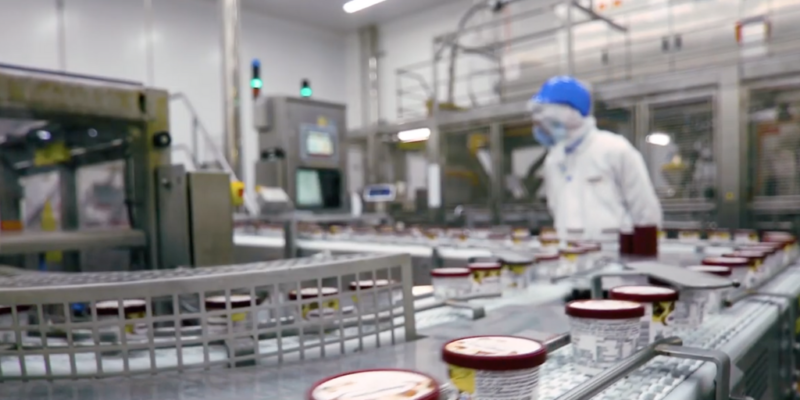
A worker in protective gear monitoring a Häagen-Dazs factory (courtesy General Mills)
Mondelēz
The maker of Oreos, Triscuit crackers, Cadbury chocolate and Tang announced on March 23 that it would contribute $15 million in both cash and in-kind support to the global fight against COVID-19. Many of its hourly workers will receive a $2-an-hour bonus to be paid as a lump sum for hours logged between March 23 and May 2. The company also promised sales representatives with a $125-a-week bonus.
Nestlé
The world’s largest CPG company by many rankings, Nestlé announced last month it would donate 10 million Swiss francs ($10.3 million) “for immediate deployment in countries where it is most needed.” In a partnership with the International Federation of the Red Cross and Red Crescent Societies (IFRC), the company has said it would donate food, nutritional products and bottled water for efforts helping out those who are the most affected by this pandemic. Nestlé also insists it will support the IFRC with its logistics in various countries. Furthermore, the company pledged that hourly and salaried employees that were not able to show up at work due to temporary stoppages would be paid for a minimum of 12 weeks.
PepsiCo
On March 22, PepsiCo announced it would “invest” $45 million in efforts to bring food and other resources to communities affected most by COVID-19. That effort, according to the company, includes 50 million meals, including 20 million meals to at-risk children. In a bid to support the work of NGOs such as Feeding America and Meals on Wheels, the company is contributing $3 million for Team Rubicon’s food delivery operations across 100 U.S. cities. PepsiCo says this global effort will involve over 35 partners across 40 nations. In addition, the company said it would grant two weeks of paid sick time to employees who need to quarantine or take care of a sick family member in their home. If any of the company’s sites have to close due to COVID-19, PepsiCo pledged those workers would receive 100 percent of pay for up to 12 weeks if remote work were not an option.
Procter & Gamble
To date, Cincinnati-based P&G says it has donated cash and in-kind support to the tune of $15 million. Its European division has pledged $10 million (€9.1 million) in financial support and product donations, $1 million of which it has tasked the IFRC to distribute. The company has boosted hand sanitizer production at five of its factories, and a dozen plants worldwide will be retooled to manufacture face masks.
SC Johnson
The house of brands that includes Windex and Scrubbing Bubbles, as well as the natural cleaning products made by Method and Ecover, announced last month it would donate $1 million to the Centers for Disease and Prevention’s (CDC) Emergency Response Fund. A week later, SC Johnson said it would donate $5 million in cash and products to support the most “urgent public needs and those on the front lines.” Most recently, the Wisconsin-based company said it would spend $1 million in a partnership with the NGO Save the Children in an effort to education children and their families on the importance of handwashing and personal hygiene as means to stop the spread of the novel coronavirus.

In March, SC Johnson donated 65 cases of hand sanitizer and dispensers to the Milwaukee Police Department (SC Johnson/Facebook)
Unilever
The Dutch-Anglo CPG giant has been running global handwashing campaigns for years. In late March, Unilever announced a $122 million partnership with the United Kingdom government to fund a global campaign that showcases the importance of handwashing. This program will in part serve to raise awareness of hygiene, but it will also provide as many as 20 million cleaning products to the world’s poorest people so they have what they need to stay healthy during this pandemic. The company’s campaign has been forceful and blunt: “Remember, any soap – bar or liquid – if used properly, will help keep your hands clean and safe,” said one of the company’s senior scientists at its Bangalore research and development center.
Despite Pressure to Save Coal, Tennessee Pivots to Clean Power
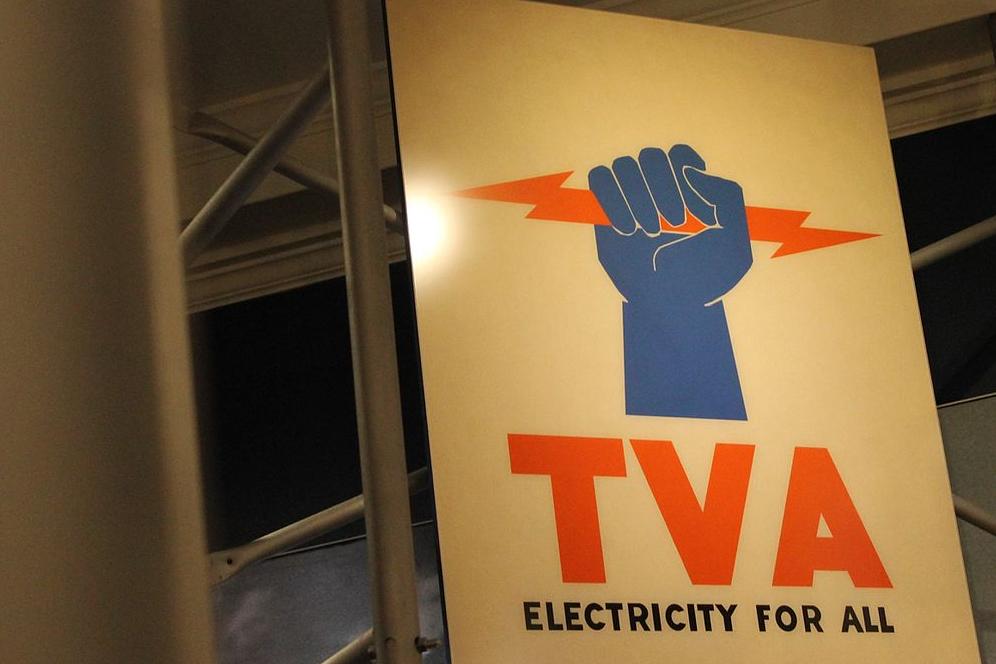

The COVID-19 crisis is likely to delay renewable energy development in the U.S., but evidence is growing that the setback will be temporary. In fact, businesses seeking more clean power can look forward to new opportunities as energy companies continue to adapt to a new energy future. A recent decision of the Tennessee Valley Authority (TVA) exemplifies the pivot to renewables.
TVA has been slow on the wind and solar uptake…
The latest development in that area comes from the sprawling TVA.
TVA holds a unique position among electricity providers in the U.S. as the linchpin of a federal rural economic development initiative that launched during the Great Depression. The federally-owned corporation currently serves 10 million people in parts of seven southeastern states, including practically all of Tennessee, making it the largest public utility in the nation.
That means TVA wields an outsized impact on energy policy, and critics have pointed out that its activities in the wind and solar areas have been relatively unambitious. However, one limiting factor is its unique history, which has provided the power generation giant with a long-term legacy in hydropower and nuclear.
Despite political pressure to keep its coal power plants running, TVA has also been pivoting to natural gas while shuttering its coal units. Now, coal accounts for only 15 percent of total power generation at TVA, down from almost 60 percent in 2007.
All in all, that doesn’t leave much wiggle room for clean power technologies such as wind and solar. In fact, TVA itself foresees only 10 percent of its capacity coming from wind and solar by 2030.
…But change is in the wind
That may disappoint wind and solar fans, but TVA is seeking other ways to provide businesses in the region with more clean power.
Last August, TVA proposed a new flexibility plan that would enable local power companies to generate up to 5 percent of their own power locally, while reducing their intake from TVA.
The new plan would complement other clean power initiatives for businesses and help local power companies steer more renewable energy to specific businesses, in addition to adding more renewables to the general grid mix.

Tennessee Valley Authority headquarters in Knoxville, TN. Image credit: Brian Stansberry/Wiki Commons
Currently, 138 local power companies on TVA’s roster are eligible for the plan. All but three have expressed interest. The 5 percent cap may seem like a baby step, but the potential impact on renewable energy investment in the region could be significant.
TVA estimates that if all 154 of its local power companies participate in the flexibility plan at the maximum of 5 percent, the result would be a total of 800 megawatts in new capacity — and none of it will come from coal.
That’s because the TVA plan specifically excludes coal, and diesel as well.
The plan does permit natural gas. However, in a sign of strength for the renewable energy movement, TVA’s local power companies have expressed far more interest in solar. According to TVA, the breakdown could be up to 90 percent of the new capacity for solar and only 10 percent for gas.
In that context, it’s worth noting that TVA has worked with Facebook, Google and other top renewable energy purchasers in the region, and it is expanding its activities with other major customers that are hungry for renewables.
One of TVA’s key partners in that effort is Tennessee-based Silicon Ranch, a leading solar developer in which Royal Dutch Shell is a major stakeholder.
Virus or not, TVA pushes the distributed clean power envelope
The new flexibility plan also represents another key step in the movement to replace large centralized power plants with locally produced, distributed energy resources.
Distributed energy can generally refer to any power source, but the primary focus is on wind and solar. These two renewables are already beginning to transform the nation’s power grid, and they are an important feature in the U.S. Department of Energy’s grid modernization initiative.
Despite rising concerns over the spread of COVID-19, in February TVA reaffirmed its support for the proposed flexibility plan and distributed energy as important features within its overall plans for renewables.
Even as COVID-19 sent the U.S. into an economic tailspin, TVA continued to press forward with the flexibility plan. The agency took another step on April 3, when it announced that it was seeking public comment for an environmental assessment of the local impacts of distributed energy resources.
The announcement also fleshed out TVA’s commitment to the distributed energy trend.
“Enabling power supply flexibility supports TVA’s 2019 Integrated Resource Plan and the utility’s strategic financial plan,” TVA explained. “Both plans anticipate a future in which distributed generation will continue to grow to help reduce carbon emissions.”
In a curious coincidence of timing, President Trump directed the media spotlight towards TVA just a few days later, during a news conference on April 8, when he criticized the salary of its president and CEO, Jeff Lyash.
The reason for the sudden outburst remains a mystery, though it’s possible that the president may still bear a grudge over TVA’s decision to close the Paradise coal power plant in Kentucky. TVA announced the closure last year and finalized the action in February, despite Trump’s personal intervention in the matter.
Regardless of the reason, by drawing attention to this groundbreaking energy giant, the president has also helped to raise awareness about agency’s commitment to helping its customers transition to clean power, and that’s a good thing.
Image credit: Billy Hathorn/Wiki Commons
4 Things Every Leader Should Be Doing To Respond To COVID-19
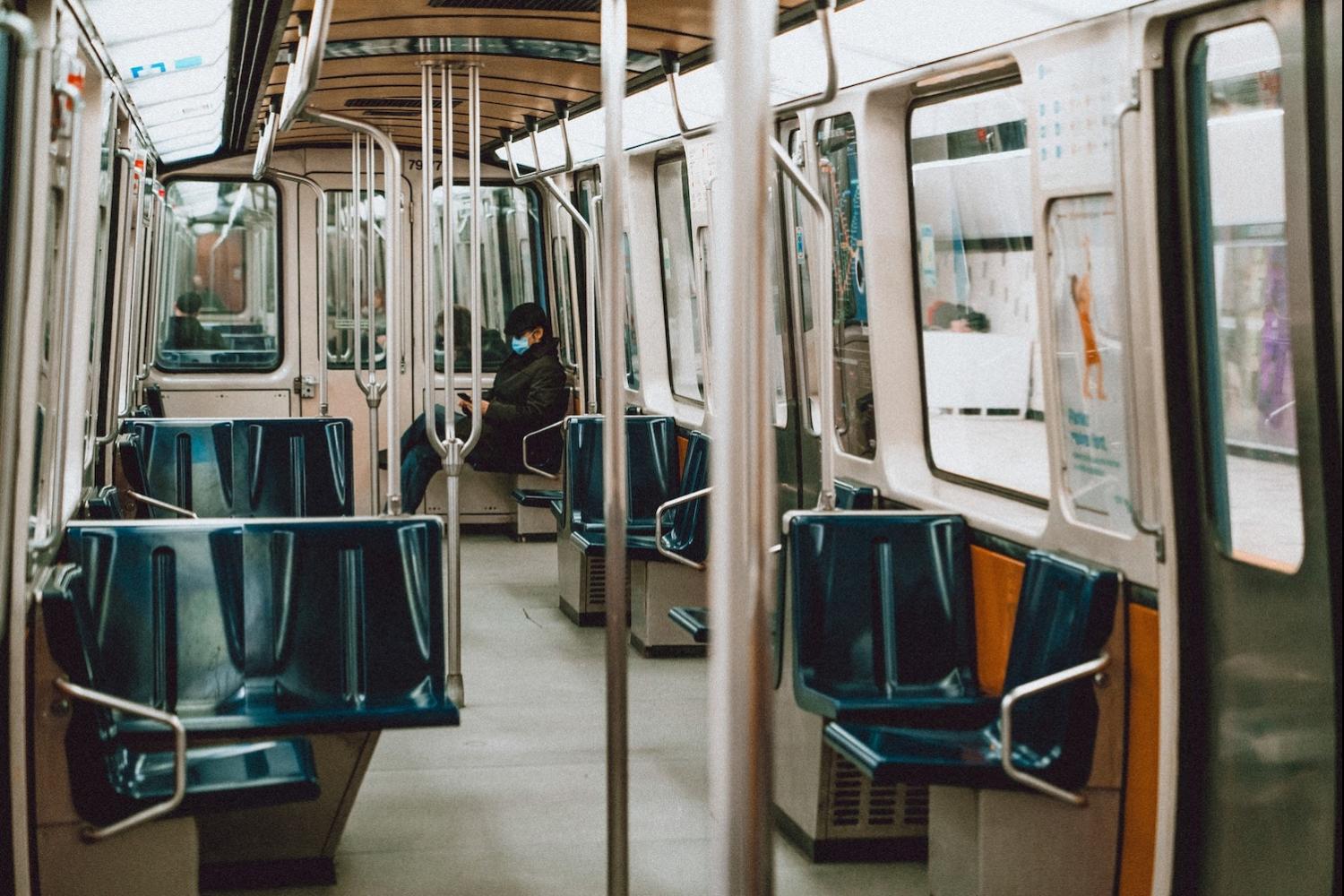
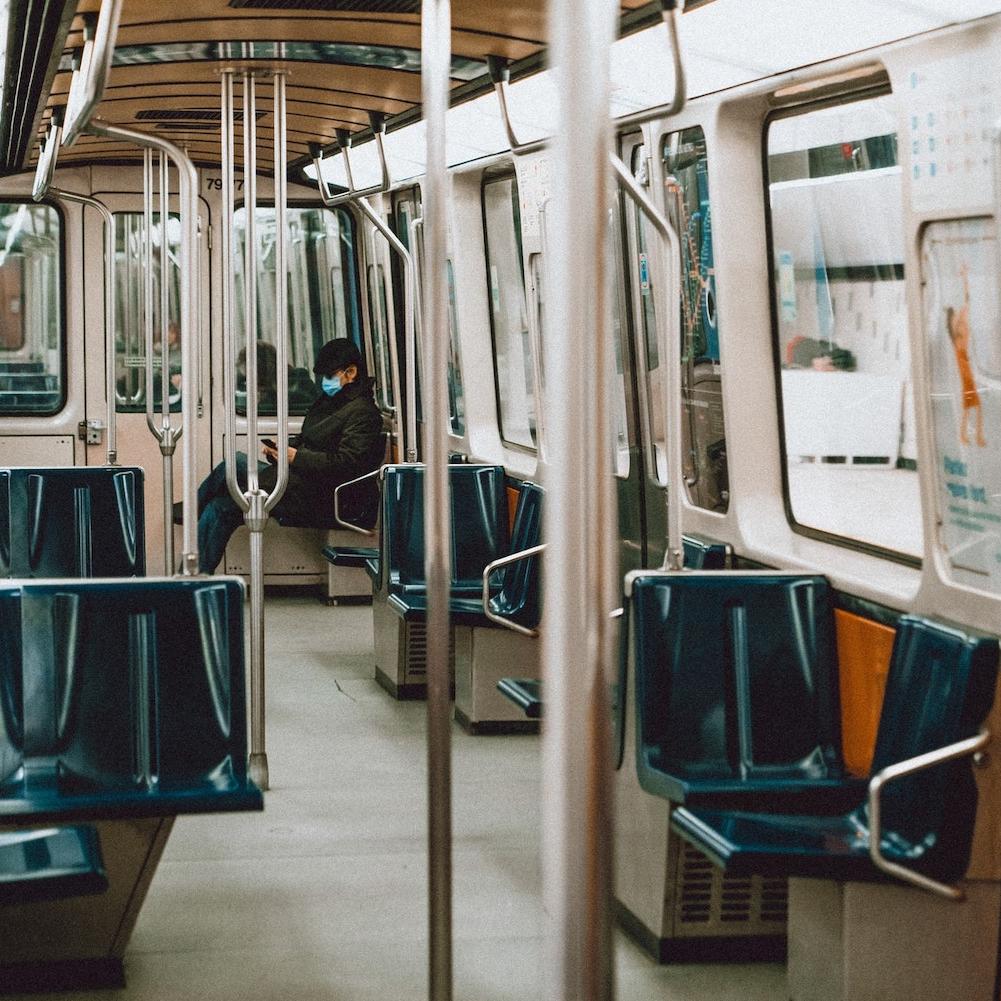
The horror and uncertainty of the novel coronavirus pandemic has left business leaders looking for answers, as they grapple with how to support their communities while maintaining their operations and keeping their workers employed. There is no single solution, but approaches based on research and data can help us wrap our heads around this thing and respond the best we can.
In another resource worth bookmarking: Marketing communications agency Markstein leaned on research and case studies from multiple sources to inform a white paper that lays out advice for business leaders and how they should respond. Purpose communications veteran Sheila McLean, who spent 17 years at MSL before joining Markstein as president of Mid Atlantic operations, elaborated on her team's findings in a webinar this week, co-hosted by TriplePundit's parent company, 3BL Media.
"The pandemic has had a profound impact on our psyches, our ways of working, healthcare, education and certainly the economy," McLean told business leaders, communicators and journalists on Tuesday. "To get through this crisis and move toward recovery, there are four best practices that we have found through our work and research that organizations should follow."
1. Embrace humility
In times like these, “emotional intelligence, calm, humility and optimism are just as important as experience,” Markstein concluded in its research.
"Embracing humility is really critical in a crisis like this since there's so much we don't know," McLean explained. "The basic tenets of good crisis management still apply, and in fact we can see them being exhibited every day by some of our best leaders: Be transparent, provide frequent updates, don't lie or speculate, take responsibility."
Markstein outlined three best practices for internal and external communications (emphasis mine): "Leaders should be open about what they know and what they don’t know. They must find the right tone and the right message. When appropriate, leaders should take responsibility for their actions or failure to act.”
"It starts with just acknowledging that this is hard, listening to your employees, and really being open to the things that are the most helpful to them," McLean advised.
2. Overcome fear
The nature of the coronavirus pandemic is one of uncertainty, and it naturally raises serious questions for business leaders looking to do the right thing for their organizations, stakeholders and communities. But McLean and her team cautioned leaders not to let fear tempt them into inaction.
"The surefire way to guarantee you don't survive [as an organization] is to do nothing, so we have to be careful to not let the fear and all of the uncertainty paralyze us," McLean advised. "The truth is that we're all going to make mistakes, especially in a situation like this that's evolving almost hourly. The important thing is that we learn from those mistakes."
She pointed to the example of NBA Commissioner Adam Silver. "When [he] shut down the season, everyone thought he was crazy," she said. "Just minutes after his first player tested positive, he announced that he was putting the season on pause at a cost of more than a billion dollars. But since then, at least 15 others in the NBA have tested positive, so it's pretty clear that Silver's action likely kept the virus from spreading even further."
Indeed, surveys conducted by Forrester Research indicate that while employees are increasingly concerned about the spread of the coronavirus, most now believe their employers "have their well-being at heart." "This really tells us that at least most companies are doing the right thing and clearly communicating," McLean said.
3. Prioritize people and purpose
“There is growing evidence that consumers are paying close attention to how companies treat their employees during this crisis and how they align their purpose and unique abilities to address the unprecedented health and economic needs,” Markstein noted in its research.
McLean elaborated further, underscoring that every step companies take must connect back to who they are as an organization — and their reason for existing beyond making money. "Your response to the crisis has to be connected to your purpose and your values, just like your communications about your business have to be," she said. "Consistency is critically important. The actions you take, no matter what part of the organization you're talking about, they have to align with who you say you are."
Perhaps nowhere is this most important than with how companies treat their employees. Still, in our newsroom here at TriplePundit, we've seen no shortage of self-important press releases cross our desks, touting a company's donation of this amount or that, while their employees speak up to tell a very different story.
McLean has noticed the same, and she offered a simple and forceful message for business leaders: Don't even go there. "Some companies are aggressively promoting their contributions right now and looking for credit for doing good, while their employees complain that they don't feel safe coming to work because they have no hand sanitizer," she said. "Consumers, shareholders and other stakeholders are going to see right through that."
4. Combine offense with defense
Shortly after the Great Recession of 2008, a trio of Harvard Business School researchers spent a year studying corporate strategies and performance before, during and after three other global recessions that occurred in 1980, 1990 and 2000. The resulting study, published in 2010, analyzed the three years before each crisis and three years following it, as well as the recession period.
Of the companies studied, 17 percent did not survive: They went bankrupt, were acquired or became private. Around three-quarters (74 percent) barely made it through, with most still not at pre-recession growth rates three years later. But 9 percent of the companies thrived, outperforming their competitors in sales and profit growth.
"The way that they did that was by finding the right balance between cutting and investing, between offense and defense," McLean said. "So yes, they reduced costs, of course, and they improved operational efficiencies, but they also invested in the future."
The novel coronavirus pandemic, with its widespread and tragic loss of life, is not like other recessions, but there are still lessons to be learned from what the researchers found, McLean said.
Further, a new survey of 1,000 American consumers, conducted in late March, indicates the public wants to know about corporate responses, with only 15 percent saying they don't want to hear from brands right now. It also reveals that people's opinion of these brands will be heavily shaped by how they strike this balance between offense and defense, ensuring their survival while doing everything they can to provide for their stakeholders.
Among the actions that brands can take, consumers ranked offering paid time off to employees affected by coronavirus-related closures highest. These were followed closely by measures to keep employees and customers safe, such as increased cleaning of facilities and offering special hours for senior citizens to shop.
Image credits: Manny Fortin and OSPAN ALI via Unsplash
The Shortage of Ventilators is a Crisis Within a Crisis. Here’s How Medtronic is Helping

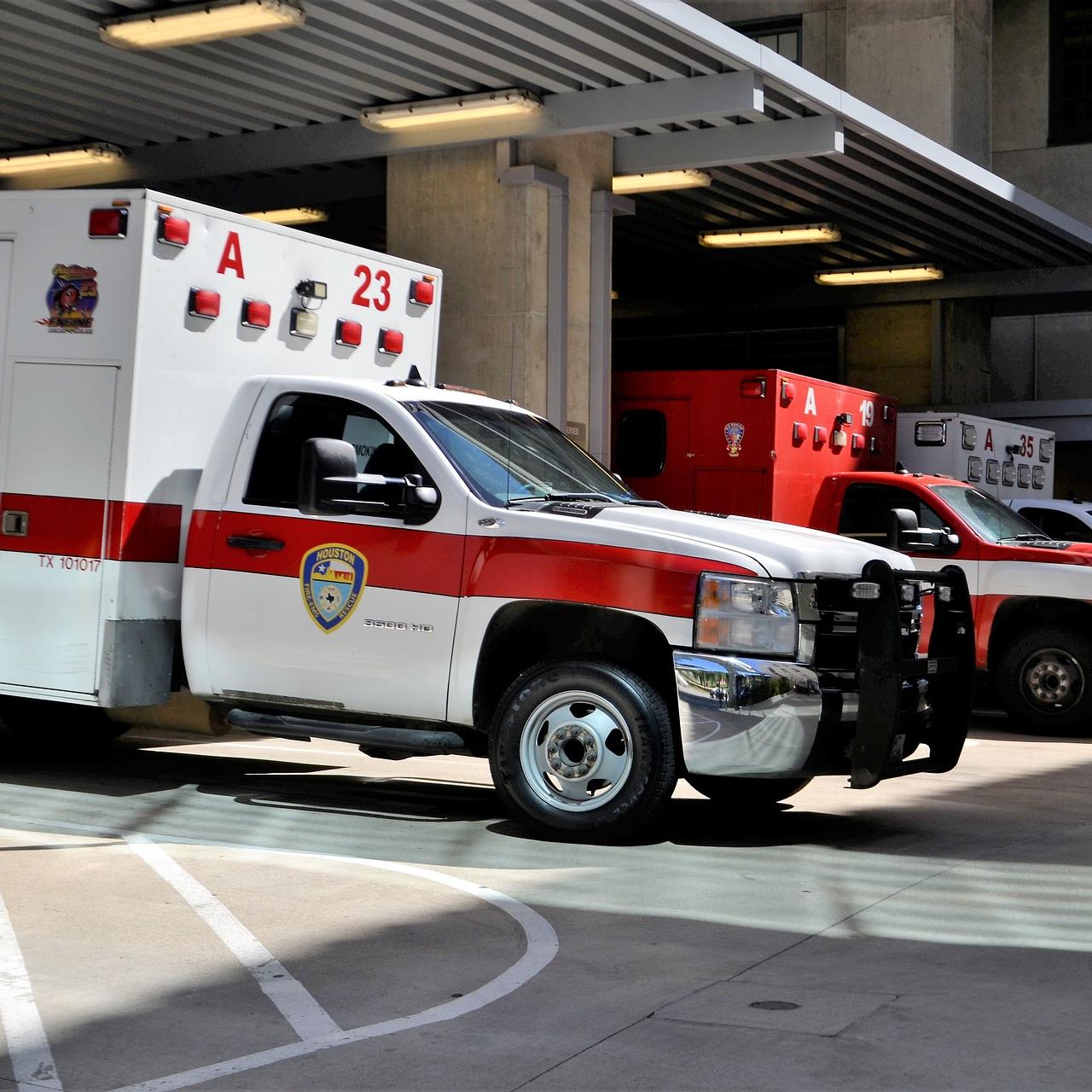
We’re sadly familiar by now with the global shortage of ventilators, in addition to the controversies over how the federal government has deployed the Defense Protection Act and Strategic National Stockpile as a response to the novel coronavirus pandemic. And we have seen no shortage of stories about how healthcare workers are forced to improvise under the most excruciating of circumstances.
If there’s ever been a time when companies forgo competition for the sake of cooperation and thereby putting society first, clearly this pandemic is screaming for such a 180-degree turn now.
Medtronic is doing more than ramping up production of ventilators
One company that has stepped up to do its part during the crisis is the medical device company Medtronic.
Last month, Medtronic announced it would strive to boost its production of ventilators by 40 percent, with the goal to double its total global manufacturing capacity of these critical lifesaving devices this year. Shortly after that, the company announced it would contribute at least $10 million to COVID-19 relief efforts around the world.
But how Medtronic has really stood out is with its decision last week to make one of its ventilator models, the PB560, open-source and available for sharing with inventors, startups and academics in a bid to increase production. “No one company can deliver all the products and supplies needed for this global pandemic,” the company said in a public statement. “We will only defeat the virus by acting in unison, with smart and focused strategies for production, allocation and resourcing.”
Meanwhile, Medtronic has said it expects to soon see the rate of its ventilator manufacturing to surge from 300 to 1,000 units a week.
Going beyond boosting capacity, Medtronic is also sharing its technology
Since that announcement, reactions by both the public and private sectors have been swift. Foxconn disclosed this week it would pivot manufacturing operations at its Wisconsin plant to assemble ventilators in a partnership with Medtronic. In addition, the U.S. Food and Drug Administration (FDA) has reportedly approved the company’s effort to market its PB560, a lower-cost ventilator that is priced under $10,000. Pricing for most ventilators on the market can run anywhere from $25,000 to $50,000.
Medtronic’s efforts are underway as today’s reality behooves the company to practice social distancing and become even more cognizant of hygiene like the rest of us. According to the company, managers repeatedly stress the importance of personal safety and hygiene. In addition to the necessary handwashing stations, employees’ desks have been spaced apart, and corridors across manufacturing plants allow walking in only one direction. Employees who can work from home have been told to do so.
Medical device manufacturers are responding in kind
Other ventilator manufacturers have also entered into agreements to meet the surging global demand. This week, Philips said it has made a deal with the White House to make up to 43,000 ventilators. GM and Ventec finalized a deal to manufacture 30,000 ventilators at a cost of almost a half billion dollars. The German healthcare device manufacturer Draeger announced last month it would try to move workers around and add shifts so it could help meet demand. And GE workers have been vocal about their desire to shift gears so that the company’s healthcare division can ramp up production of these devices.
But as of press time, Medtronic stands apart for its decision to make one of its models available for licensing without a fee.
“Make no mistake: People are paying close attention to how companies respond — and how they treat their stakeholders when it matters most,” TriplePundit’s senior editor Mary Mazzoni wrote last month when assessing corporate America’s responsibility for doing what it can do to help ease the pain everyone is feeling during this crisis.
Based on Medtronic’s decisive actions so far, this company and its 98,000 employees have good reason to believe its brand will be remembered long after society emerges from this pandemic.
Image credit: Unsplash
COVID-19 Puts America’s Most Vulnerable Tenants at Risk

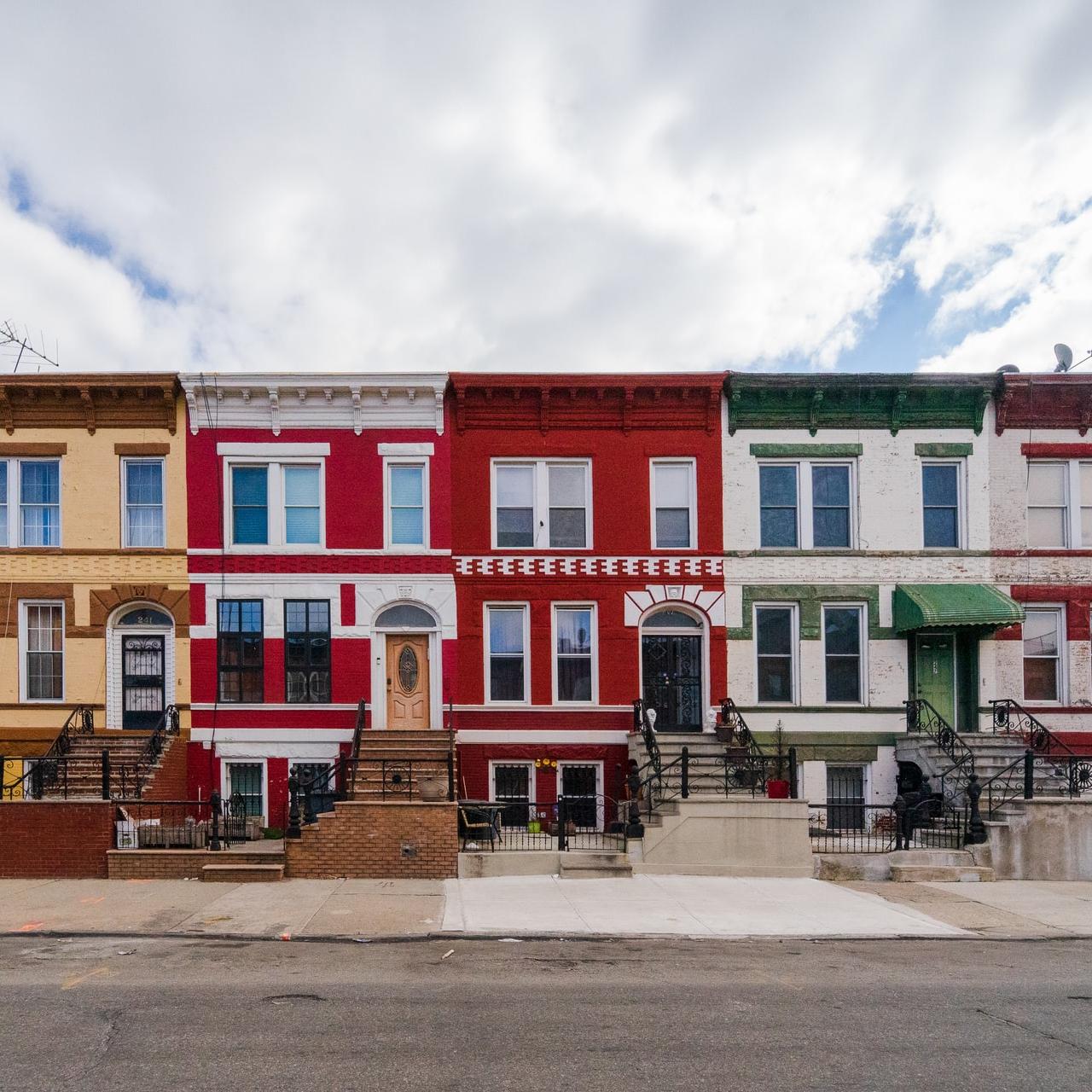
The COVID-19 pandemic has created a lot of side effects apart from health concerns. Many of these economic and social consequences affect everyone, but they aren't having an impact on all individuals equally. Issues like the current housing crisis affect already vulnerable communities more than others.
The subject of "home" has been on a lot of people's minds lately. As schools close and businesses encourage remote work, most of the population finds themselves at home more than usual now. But this isn't the case for everyone, and for some, it presents a worrying issue.
The COVID-19 housing crisis
The widespread closings of businesses and schools are shining a new light on the housing crisis in America. In New York City, 114,000 students are homeless, and without schools, they may not have a consistent source of shelter or food. With the virus spreading, homeless people are now also at a higher health risk.
Disadvantaged people need affordable and reliable housing now more than ever. Being outside among crowds of other people makes you far more likely to contract or spread COVID-19. Students without homes or internet connections may not be able to continue their education now that schools have moved online.
Those experiencing homelessness aren't the only ones feeling the effects of the housing crisis. Not all businesses can maintain their full staff with mandated closures and dwindling customers. As a result, many workers have been temporarily laid off and now have no source of income.
Without a steady paycheck, these people may not be able to pay their rent. In areas that haven't passed eviction delays, unemployed workers might get evicted, further threatening their health and finances. The situation affects some landlords too, who may go without income if tenants don't make payments.
If people don't pay rent, then landlords will lose money. But if individuals have to pay, they could find themselves in dire straits from factors outside of their control.
How the housing industry is responding
Governments at both the state and federal levels are doing what they can to address the housing crisis. Signs suggest that the government will postpone all evictions until the end of April nationwide. But until that happens — and after that timeline ends — the housing industry itself is also responding.
Housing app Airbnb started an initiative to house 100,000 emergency personnel like nurses and first responders. Hosts can opt into the program to open their homes to COVID-19 responders in need. The company has also issued new cleanliness protocols to slow the spread of the virus.
Some housing communities, like the Allegheny County Housing Authority in Pennsylvania, are adapting to help at-risk residents. The county authority is adjusting rents and granting subsidies so its poorer residents can continue living there. Like Airbnb, many of these communities, not just Allegheny County, are upgrading their hygiene and cleanliness guidelines, too.
While some authorities are taking steps to help, some people worry that the industry as a whole isn't doing enough. Activists in California are going on rent strikes for April, claiming the most vulnerable tenants remain at risk. While landlords may postpone evictions, they can still start the eviction process and foreclose housing as soon as April ends.
Silver linings amid the pandemic
While the outbreak has already caused a lot of harm too many people, there are some positives. This housing crisis already existed before the virus brought it to the spotlight. Now that it has the world's attention, people may work to resolve it, with or without a pandemic.
The crisis has brought attention to many disadvantaged communities. The pushback against people labeling COVID-19 as "Chinese" has led to broader anti-racism movements from businesses. As the situation brings issues like anti-Asian discrimination to the light, more people have joined the fight against these pervasive problems.
Similarly, the severity of COVID-19's economic impact has spurred discussions about existing economic inequality issues. Now that benefits like paid sick leave are more critical, more people are considering how healthcare systems should change.
These issues have always existed, but many privileged people may have been blind to them. Now that the virus has increased the severity of these concerns, more citizens are taking them seriously. If nothing else, the crisis has shown the general public how they can help vulnerable communities.
The effects of coronavirus are everywhere
The novel coronavirus pandemic hasn't just put people's health at risk. Millions of Americans now find themselves in dire financial situations, inciting an uprising on behalf of at-risk communities. Many — if not most — of these disadvantaged people have always been vulnerable. Now, their position sits at the forefront of American minds.
As everyone feels COVID-19's effects, individuals are joining together. People are fighting against racism and opening buildings to house the homeless as the crisis rages on. The coronavirus outbreak will cause a lot of damage before it's over, but eventually, it might bring justice to those who need it most.
Image credit: Avi Werde/Unsplash
Morgan Stanley Casts a Vote of Confidence for ESG Investing
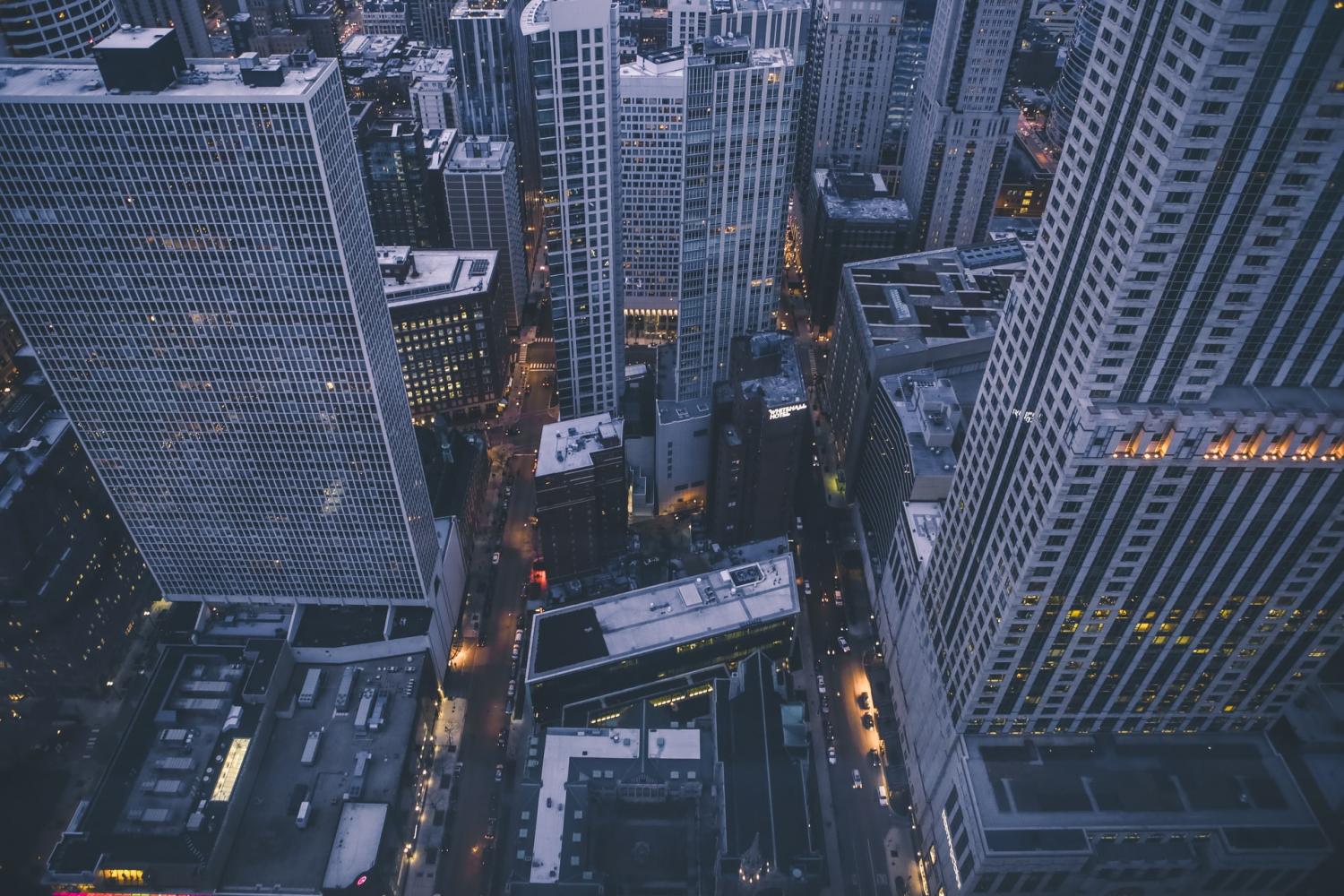
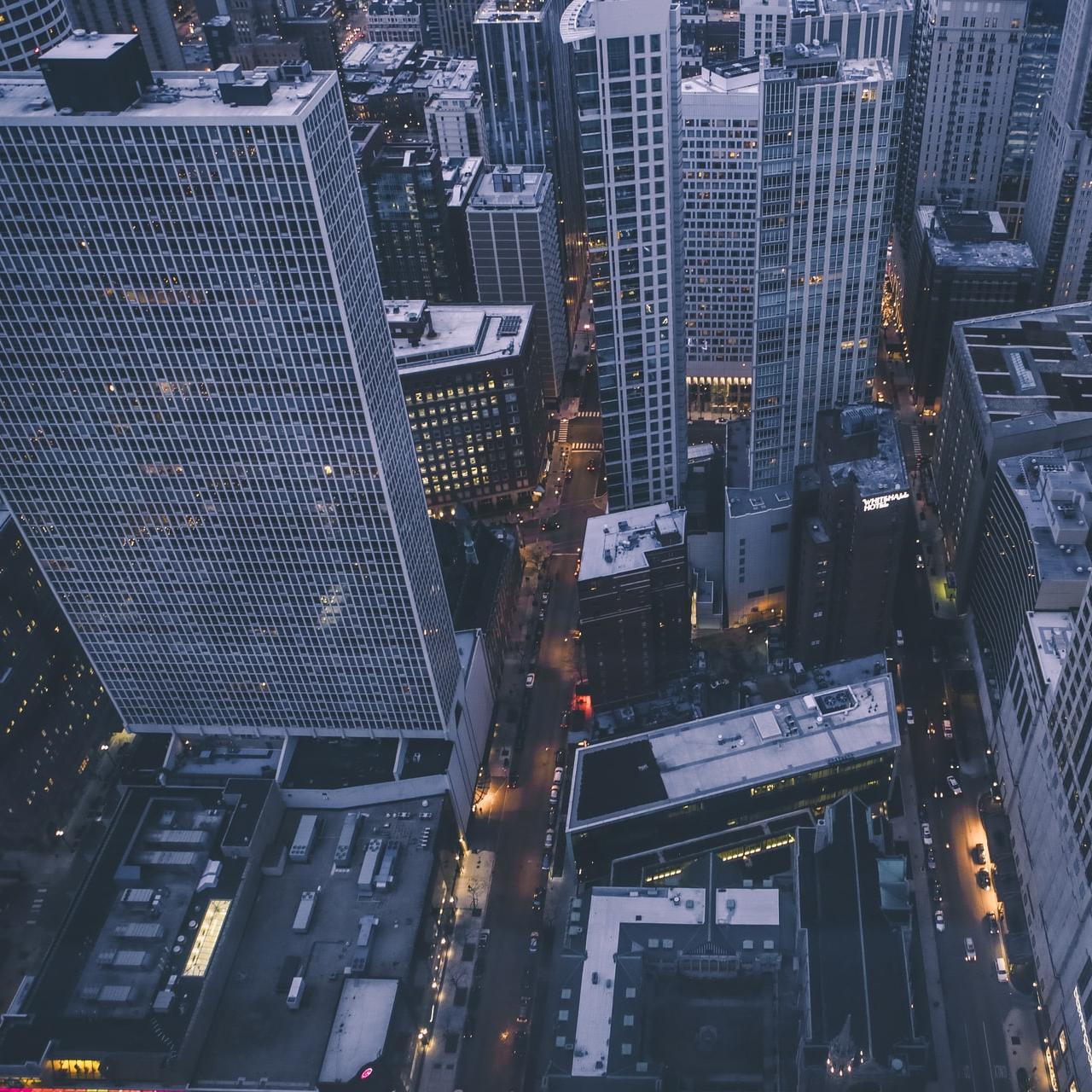
Leading global financial firms are beginning to outline how socially responsible investing can help drive the economic recovery after the COVID-19 outbreak. The latest vote of confidence comes from Morgan Stanley. The firm is pitching investing based on ESG (environmental, social and governance) goals, even before the health crisis peaks in the U.S. and other parts of the world, with a particular focus on green infrastructure.
Morgan Stanley has good news about ESG-lens investing
Financial markets began to wobble by mid-February, when it became clear that the COVID-19 crisis in China would have a global impact. Some countries, notably South Korea and Japan, took lessons learned from China’s experience and applied them with some success. Others, including the U.S., were caught flat-footed and are still scrambling to stem the rising tide of death and suffering.
The Dow Jones Industrial Average dropped more than 8,300 points from February 12 to March 17, landing at 21,237 compared to a high of almost 30,000 before recovering, somewhat, to 22,327 on March 31.
Even so, on April 2 Morgan Stanley took a look back and spotted “glimmers of green” last month.
On the downside, the COVID-19 crisis has forced some governments to put aside environmental policies for the time being. Morgan Stanley points to the example of the EU Farm to Fork sustainable food initiative and the CORSIA aviation carbon offset program.
However, the firm also noted that decarbonization is a long-term trend of 10 years or more. That means ESG-focused investors would not necessarily be discouraged by a temporary stall in government or industry policies that support green investing.
On the plus side, Morgan Stanley outlined how China and the U.S. are moving toward an infrastructure-building phase of COVID-19 recovery, which has potential for focusing on green projects. That analysis falls in line with other indications that economic recovery from COVID-19 will involve economic decarbonization as well.
As if to reinforce the firm’s outlook, last week New York state — the world’s 11th largest economy — moved forward with an ambitious renewable energy initiative aimed at streamlining the process for permitting new clean power projects.
The Empire State’s push for clean power follows closely on the heels of a new multi-state initiative that launched last week called the 100 Percent Renewable Energy Collaboration. The new clean power effort includes California (the world’s fifth largest economy) and other U.S. states including New York.
Virus or not, the global economy will decarbonize
As for particular sectors, Morgan Stanley notes that much of the cost of transitioning to electric vehicles (EVs) has already been baked into the auto industry. Such a scenario shows that it is likely that manufactures will cut conventional vehicles out of the picture and focus on EVs as demand recovers.
The energy sector also supports the outlook for cleaner transportation. Though biofuels face challenges, the low cost of wind and solar will continue to drive the electricity market toward clean power while fossil fuel takes its lumps.
“Our analysts see downside risk to Big Oil dividends which could free up cash that could be redeployed as a growing renewables capex budget,” Morgan Stanley explained. “In addition, low oil prices provide an opportunity for governments to unwind fossil fuel subsidies, while economic stimulus is likely to be used to boost clean energy programs.”
Signs of trouble for ESG bonds…maybe not!
Another interesting development has taken place in the green bond area, where private capital (ideally) dovetails with public policy on sustainability.
On April 1, Morgan Stanley reported that March set a monthly record for investment grade (IG) bond issuance, attributing the activity to corporate efforts to keep the cash flowing.
On the downside, ESG bonds seemed to be left behind in the dust. In contrast to the frenetic pace of the bond market overall during March, ESG bond activity was just about the same as January and February.
However, Morgan Stanley attributed the relatively lackluster pace to the special nature of ESG bonds, which require more detailed investigation and reporting. In other words, the slow pace of activity in March was a feature, not a bug, of ESG investing.
Energy-related green bonds stand out, Keystone XL strikes out
Among the green bonds of particular interest in March, Morgan Stanley highlighted the global energy supplier E.ON. Based in Germany, E.ON issued a 750 million euro (US$815 million) green bond at the tail end of the month, which quickly oversubscribed. E.ON is a global leader in the clean energy transition, and the proceeds will be used for infrastructure and energy efficiency.
Morgan Stanley also took note of an oversubscribed bond issuance by Engie, another energy company pivoting to renewables.
Those two companies pose a striking contrast to TC Energy (formerly TransCanada). The firm received a sharp rebuke from Moody’s last week after word surfaced that it was restarting construction on its notorious Keystone XL tar sands oil pipeline.
All in all, more investors are beginning to bank on decarbonization, and the data indicates that COVID-19 could accelerate that trend. Fossil fuel stakeholders hoping for a role in the COVID-19 recovery will have to fight for any chance to push to the front of the line.
Image credit: Tim Trad/Unsplash
Ecological Balance Means Less Risk of Diseases Like COVID-19
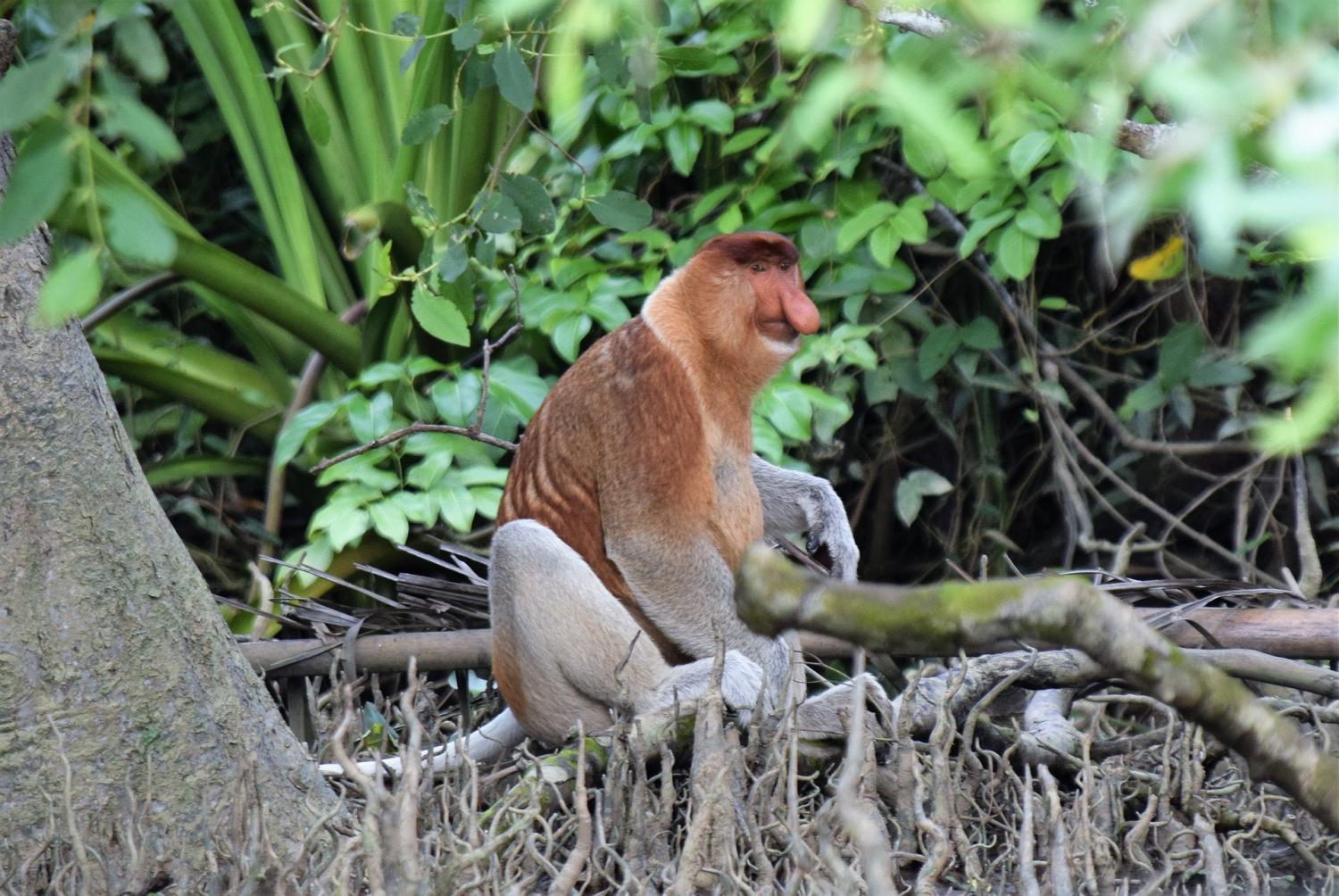
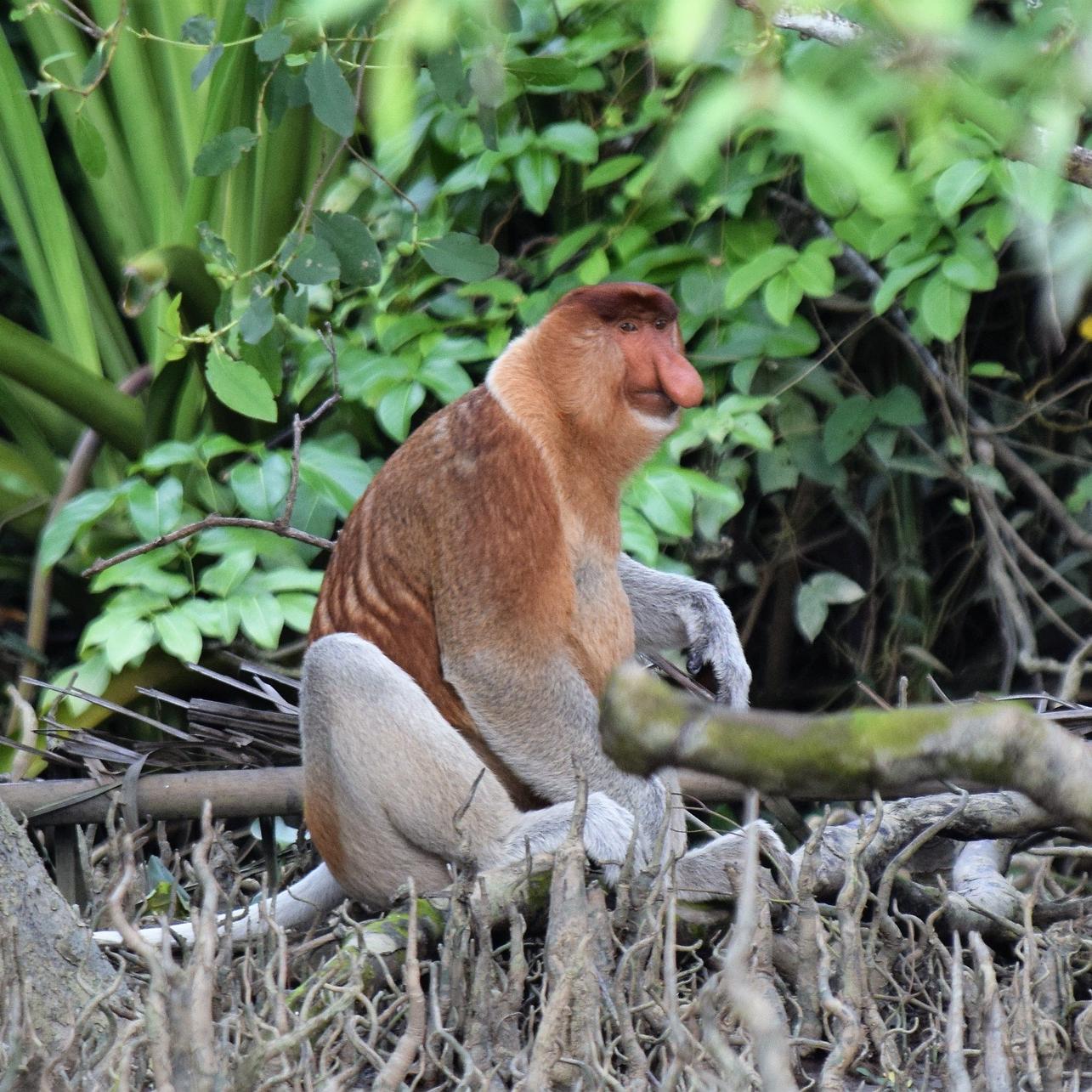
There are many hot takes about the impacts the ongoing COVID-19 pandemic will have on the environment. It is temporarily reducing emissions — good — but also resulting in a wave of single-use plastics — bad, while also letting governments, including the United States, neglect environmental protections — very bad.
There’s one thing we should be able to all agree on, though. The pandemic is making clear the direct connection between a healthy natural environment and human health.
This pandemic shows why well-being matters for everyone
“All of our well-being is dependent on the well-being of everyone else...and the natural environment,” Kinari Webb, a doctor and founder of the nonprofit Health in Harmony, told TriplePundit. “We just forget that so often, but it is a fundamental truth and this horrible pandemic is teaching us that.”
Webb’s organization, Health in Harmony, based in Portland, Oregon, takes a holistic view of public health. The organization sees it as being directly connected to natural health and biodiversity. One project demonstrating its ethos is within the Indonesian side of the tropical island of Borneo, where the NGO works with villagers to provide healthcare access in exchange for local involvement in ecosystems restoration.
“Our thing is always that human and environmental health are intimately intertwined and that we don't have to think of them as competitive, that both can thrive,” Webb said.
While Health in Harmony has had a positive impact in Borneo, such success, unfortunately, is not the norm. Over the past several decades, humans have devoured an ever-increasing amount of the natural world for our use. Agribusiness has expanded plantations into ecological zones in Southeast Asia and the Amazon. We’ve built mega-dams, ports and power plants in sensitive regions. Air and water pollution, from industrial sources, is choking cities and turning waterways toxic around the world.
How an imbalance with nature led to outbreaks like COVID-19
Alongside this is a burgeoning animal trafficking trade. Elephants, rhinos, pangolins and sharks are just some of the species that have been caught and sent, alive or dead, across borders to markets around the world. There’s evidence that wildlife trafficking played a role in the emergence of COVID-19 in a wet market in Wuhan, China, late last year, but this is not just a problem in China. It’s a global issue.
Other recent diseases such as MERS (Middle East Respiratory Syndrome) and SARS also had connections to wildlife trafficking or the sales of wild animals. But the causes of other illnesses such as the 2009 H1N1 influenza, which emerged in U.S. and Mexican factory farms, should also be on our radar. This U.S. hosts many massive factory farms, and there are concerns that these could play a role in reducing the efficacy of antibacterial drugs, or lead to the formation of dangerous superbugs.
“Industrial farming has risks,” said Maarten Hoek, a senior public health manager with Madaktari Africa, who has extensive experience in sub-Saharan Africa, during a recent press conference. “When we put thousands of animals in a very small space, it has a lot of opportunity to spread, and each time it spreads, there are small changes in the pathogen which may result in a virus being more easily spread, and being able to connect to human tissue.”
In the end, we need a renewed focus on climate
It is hard to make a direct connection between all of these human impacts and the increased risk of zoonotic diseases such as COVID-19 or MERS, mostly due to the lack of data from the past. But it is likely that known risks — environmental degradation, factory, farming and the wildlife trade — all make the emergence of infectious diseases more likely.
And then there’s climate change, which is also likely to raise more global risks due its myriad impacts on humans and the environment.
“Climate change leads to a lot of changes in vegetation, in animal behavior, in human behavior, and these may cause diseases to spread geographically, and diseases being able to infect new animal species,” Hoek said. “It’s a very unpredictable effect.”
The solution? Once the pandemic is under control, invest in the environment. Restore ecosystems. Eliminate the global trade in illegal wildlife. Shut down dangerous factory farms. We now know how badly a disease can impact our lives, our most vulnerable people and the economy. Brands, many of which are also suffering from the coming recession, now understand all too well the risks of business as usual.
It’s time to transform our relationship with nature into a more positive one that is less exploitative and creates more understanding of the value to human health — and the economy — of a resilient natural world.
Image credit: Marjolein van Zonneveld/Pixabay
The Coronavirus Doesn't Discriminate, But Our Systems Do

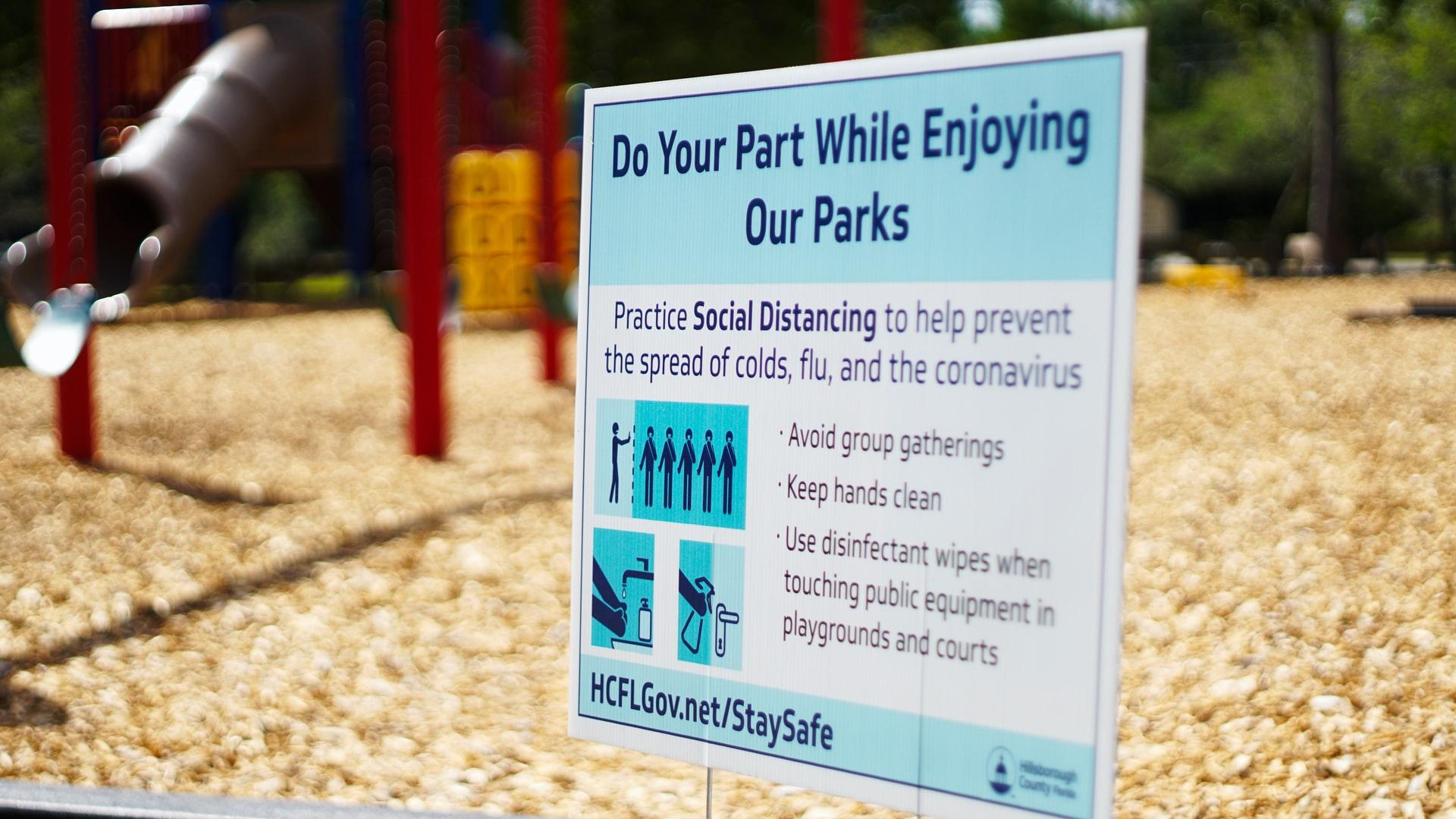
While we keep hearing that the novel coronavirus “doesn’t discriminate,” more evidence suggests this ongoing pandemic is exacting a higher toll on people of color and those with lower incomes.
“The new coronavirus is a universal threat, but not a universal equalizer,” reads a recent report from the Carnegie Endowment for International Peace.
Here in the U.S., more organizations are mobilizing resources to help those who are most vulnerable. The nonprofit coalition Energy Efficiency For All is one organization that is stepping up to the task with a set of guidelines for local policymakers that address challenges such as affordable housing and uninterrupted access to water and electricity during this economic crash.
Tragically, we’ll keep seeing some of the more vulnerable communities succumb to COVID-19, as reports of coronavirus cases from Portland, Oregon, to Boston demonstrate how orders to “shelter in place” aren’t exactly possible for everyone.
Another population at high risk is migrant workers, who have already been subjected to raids by ICE agents wearing N95 masks that logic dictates should be used by healthcare workers. Whether they are undocumented, or are in the U.S. on a work or student visa that has now put them at risk because that education or job opportunity dissipated, these individuals now find themselves with nowhere, and often no one, to whom they can turn.
One company that is helping out by opening a virtual safe house for immigrants is the startup Homeis, which launched in early 2017 and traces its origins to New York City and Tel Aviv. The goal of this platform is to provide immigrants a forum where they can connect safely with people like them who also made the bold and difficult move to try their luck in a new, faraway land.
Since coronavirus found its way into the U.S., Homeis has seen the number of users, as well as traffic on its platform, surge. Its five digital communities currently include platforms for Indian, Mexican, French, French-speaking African, and Israeli immigrants living or working in the U.S. Now, these users can go beyond sharing their experiences and ask questions about visa extensions, healthcare options or their fundamental legal rights. Homeis is also offering Zoom meetings with guest hosts who can help answer questions about challenges including small business law, immigration and mental health.
“Language here is a very big part of the feeling of safety that people need right now. We’re giving trust and we’re giving a safe space,” said Ran Harnevo, founder of Homeis, during a recent interview with Fast Company.
Homeis has a long checklist of goals, but it has its challenges, too — namely cash flow, though the company did score $12 million in funding last summer. This startup’s story is yet another example of how small businesses with limited resources and a lot on the line are going above and beyond the call of duty during a time of crisis. “Our goal is to give them all the tools right now to find jobs, to find housing, to find the right information, and most of all to help them help each other,” Harnevo told FastCo reporter Kristin Toussaint.
From our Brands Taking Stands newsletter. Be sure to subscribe!
Image credit: Jordan Hopkins/Unsplash and Mélissa Jeanty/Unsplash
First GM, Now 3M: Companies Force White House’s Hand on COVID-19 Response

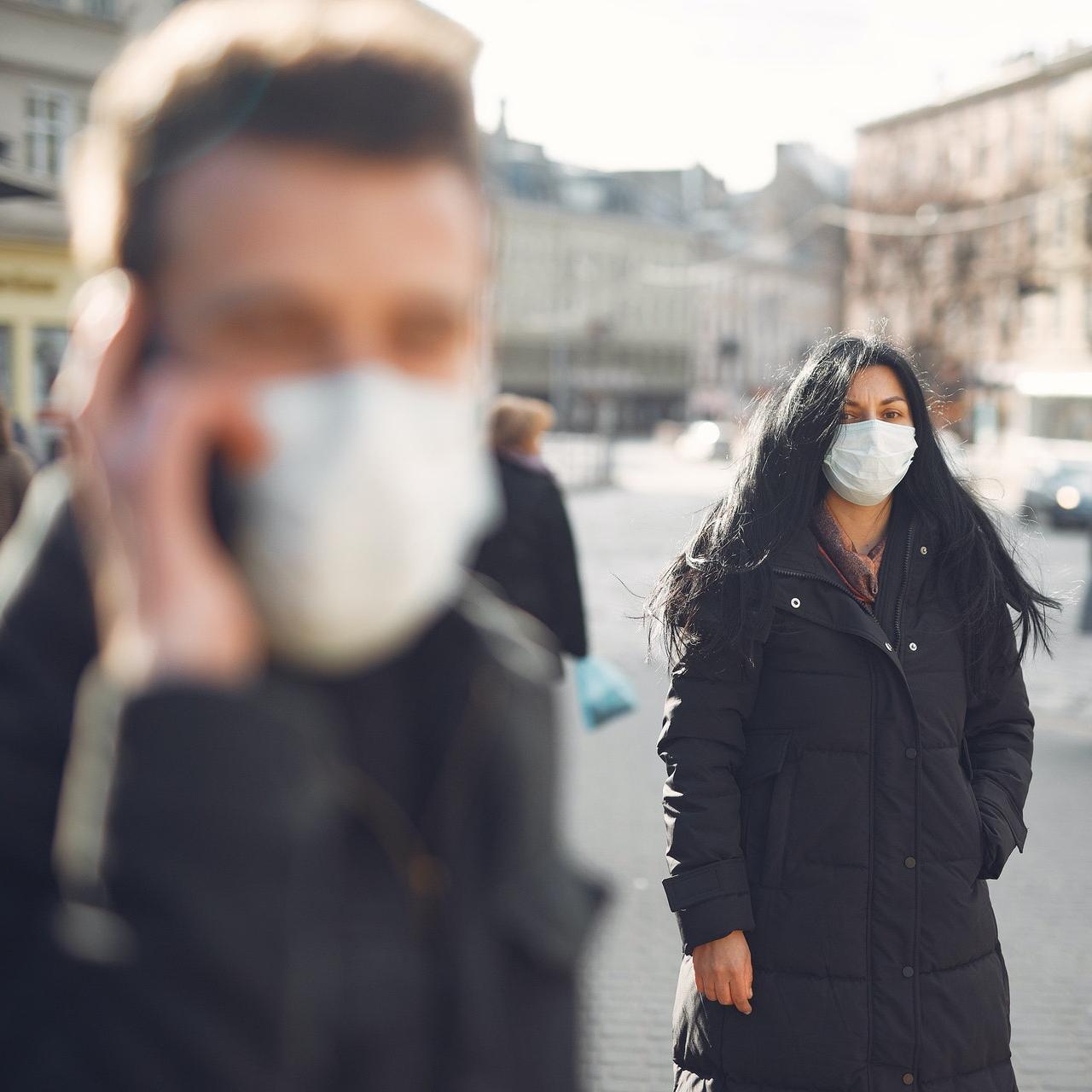
The Trump administration has been scrambling to secure vital medical supplies as the COVID-19 crisis unfolds. However, without a strong organizing force at the top, individual manufacturers have been left to their own devices while states fight with each other — and FEMA — for their share. Now a familiar pattern is beginning to take shape: business leaders are stepping in to get the job done where presidential leadership has failed.
The Defense Production Act: that’s not how any of this works
Despite its warlike name and its origin at the beginning of the Korean War, the Defense Production Act is not exclusively designed as an emergency response measure. In fact, various administrations — including the Trump administration — have set the DPA in motion in order to prevent future emergencies, as a means of securing the nation’s supply chains and manufacturing capabilities.
In terms of the COVID-19 response, opportunities for preventive action are long gone. President Trump failed to invoke DPA for pandemic preparation in the year leading up to the current crisis, even though members of his own administration raised the alarm.
Even as the crisis unfolded in January of this year, the president failed to act. He finally began referring to the DPA in public appearances earlier in March, but he failed to take steps that would actually implement the legislation.
That impasse finally seemed to end in mid-March, when Trump officially declared that he would invoke the DPA to force GM to make medical equipment. However, it remains unclear what impact this presidential action actually had, as GM already had a plan well under way for pivoting into the medical supply area.
3M ramps up production…
The same pattern is spinning out now in regard to the Minnesota-based company 3M.
Like GM, 3M began planning for COVID-19 response well in advance of any directive from the president. As a diversified company with a medical supply branch, 3M was also in a position to act much earlier than GM.
On January 24, for example, the Minneapolis Star-Tribune reported that 3M had already “dramatically” increased production of its respiratory face masks at its factories in China.
The next month, on February 24, the Star-Tribune noted that 3M had extended its production ramp-up to factories elsewhere in Asia, as well as in the U.S., Europe and Latin America.
…and speaks truth to incompetence
Nevertheless, as April began the President announced that he invoked the DPA to “force 3M to step up its production of desperately needed respirator masks,” as reported by CNBC and others.
3M company had clearly set that course in motion over two months ago, so that part of the president’s order at least did no harm.
More concerning, though, was another part of the order cited by 3M. That part requested 3M to stop exporting respirators currently manufactured in the United States to Canada and Latin America.
In a public statement last week, 3M warned that there would be “significant humanitarian implications of ceasing respirator supplies to healthcare workers” in those countries.
The Trump administration would also risk exposing the U.S. to the impact of a backlash by other nations, an impact that 3M noted is already at hand.
“In addition, ceasing all export of respirators produced in the United States would likely cause other countries to retaliate and do the same, as some have already done,” 3M continued. “If that were to occur, the net number of respirators being made available to the United States would actually decrease.”
3M gives credit where it is clearly not due
That argument appears to have made an impression on the White House.
In a follow up statement earlier this week, 3M announced that it won the green light to keep on doing what it has been doing all along during this COVID-19 crisis, Defense Production Act or not.
3M CEO and Chairman Mike Roman began the statement by thanking the president and his administration “for their leadership and collaboration,” but everything else in the statement made the case that the president — and his administration — does not deserve any credit at all.
In the statement, Roman underscored what the company has been saying all along.
“Given the reality that demand for respirators outpaces supply, we are working around the clock to further expand our capacity, while prioritizing and redirecting our supplies to serve the most critical areas,” he explained.
The statement outlines a supposedly new plan that sounds just like the company’s existing plan. It describes an “agreement” with the Trump administration to import more than 166 million respirators to the U.S. from China, but that measure will not impact the company’s arrangements for exporting from the U.S. to Canada and Latin America.
In fact, it appears that 3M has emerged from the fray on the plus side. The statement implies that the stumbling block was over federal trade policies involving China, and that “the Administration is committed to working to address and remove export and regulatory restrictions to enable this plan.”
That part of the statement raises the question as to why the Trump administration did not take those enabling steps months ago, or at least several weeks ago — or even last week, for that matter.
When it comes to the COVID-19 response, just get it done
3M did not pursue the point, but the company can’t resist one last twist of the knife. The statement concluded by noting that 3M has already doubled its global output of N95 respirators since January — without presidential intervention — to 1.1 billion per year.
That figure, 3M emphasized, includes a monthly figure of 35 million respirator masks manufactured in the U.S.
In addition, 3M took note of investments and actions it has already undertaken — again, in advance of a presidential directive — to provide for another doubling of its global capacity in stages over the next 12 months.
The lesson both GM and 3M have for other companies is clear: Don’t wait around for the Trump administration to take decisive, coordinated action on COVID-19 response. Just get it done and be prepared to pay lip service when the president demands a share of the credit.
Image credit: Gustavo Fring/Pexels
COVID-19 Will Push More Companies to Embrace Purpose, Says Social Impact Pioneer Carol Cone


In the years leading up to the novel coronavirus pandemic, major companies were beginning to embrace purpose on a broader scale. From the Business Roundtable's updated statement on the purpose of a corporation, to the World Economic Forum's 2020 Davos Manifesto encouraging a new social contract for the 21st century, it's clear business leaders were starting to recognize the imperative to prove why they exist beyond making money.
Given market research detailing buyers' shifting preference toward brands with purpose, it's no surprise that consumer-facing businesses largely led the early purpose trend. In a study released in February, social impact pioneer Carol Cone — who has spent nearly 40 years helping companies discover their purpose beyond profit — took a closer look at what purpose means for another set of companies: business-to-business operations, or B2Bs.
"We were surprised about two things when we first got the data back," Cone said of the research conducted by her New York consultancy Carol Cone on Purpose, in partnership with The Harris Poll and the Association of National Advertisers (ANA). "One is that so many B2B companies are embracing purpose as an important strategy: 93 percent are somewhere on the purpose journey. Then, we got to what we call the purpose paradox."
In their survey of more than 250 B2B professionals, Cone and her partners discovered that while 86 percent of B2Bs have defined a purpose beyond profit, only 24 percent have embedded that purpose into their operations, culture and supply chain. They identified the discrepancy as a rift between "stated" and "activated" purpose.
Then came COVID-19 and the ultimate test of what purpose really means for corporations, B2B or otherwise, when it matters most.
"In the report, we recorded a huge chasm between stated and activated purpose. What COVID-19 is doing is closing that gap," Cone told TriplePundit. "You wouldn't wish this horrific situation on anybody to close that gap for companies to be more activated in their purpose, but it's happening."
We sat down with Cone last week to revisit her findings from February and get a handle on how corporate purpose may change in a post-COVID-19 world.
A focus on employees will become paramount
While B2Bs are accountable to their employees, shareholders and communities, their exposure to the court of public opinion is often limited. Most of these businesses — which range from professional service firms like accountants and human resource managers, to insurance companies and manufacturers — are not household names. Generally, they don't have to worry about being dragged on social media, because the average person doesn't even know who they are.
In this sense, B2Bs are something of a canary in the coal mine when it comes to corporate purpose: The public isn't forcing them to do this — they're doing it because they see a material benefit.
In Cone's research, 82 percent of B2B professionals said they embrace purpose because they feel purpose-driven companies achieve greater success, while around 75 percent cited benefits for recruiting and motivating employees.
"Employees were not the number-one focus. They were important, but they weren’t the most important," Cone explained. "Now, when you're talking about stakeholder-based capitalism, employees must be number one."
In the research, Cone and her cohorts identified a particular group of employees, who they dubbed "believers," with the potential to dramatically accelerate a company's purpose work. Making up around 21 percent of employees at the average B2B, these team members agree with the statement: “I believe that if my company focused on our purpose, we would be more successful.”
"What the believers will do, they will promote, they will recruit. In times of crisis, they're going to stand up for you," Cone explained.
But whether or not these employees remain believers will depend on how companies react when it matters most. "I just hope that in understanding purpose, with whether it's through our research or others, that these companies recognize they're closer to their employees than ever before. They cannot take them for granted," Cone told us. "And I still think a vast majority of organizations did."
"The [organizations] that are smart, the ones that want to see a light at the end of this tunnel, they will not only currently focus on the health and safety of their employees, but coming out of it, they will also reassess what it means to bring their values and purpose to life."
As companies get creative in response to the crisis, more will close the purpose gap
On that last point, Cone said the leaders during this trying time are those who observe what she calls "smart generosity." In other words: They're not just earmarking funds for charitable donations, although that's certainly commendable, but they're going further to explore how their teams, products, and core competencies can address key needs as the communities they serve struggle to respond to the crisis.
"The companies that are leading are not just being generous, but they’re being smart about it. They’re applying a strategic lens to the best way they can utilize their employees and operations," she told us. "Companies are looking at: What do we do that’s really good in terms of our capabilities?"
Personal care and alcohol companies retooling their manufacturing plants to produce hand sanitizer, education technology firms unlocking solutions for students suddenly learning from home, and computing giants volunteering their 3D printers to create ventilator components are clear examples of smart generosity — and activated purpose — unfolding in real time.
"Activated purpose is not just about society," Cone explained. "It's internal and external. Culture, operations, innovation and engagement with society: that's a fully activated purpose. And when you have it, it is easier to make the decisions of how you're going to act in a crisis."
We're headed for a "dramatic reset"
We've said it before, and I'll say it again. Make no mistake: People are paying close attention to how companies respond during this crisis — and how they treat their stakeholders when it matters most.
Through the course of our reporting in recent weeks, we’ve seen the public respond almost immediately with swift and heavy backlash against companies perceived to be callous or insensitive to their employees, customers and communities during this time, and with praise and thanks for the brands showing authentic leadership. Even B2Bs are being thrust into the spotlight like never before — and this is unlikely to be a temporary change.
As Mike Barry, the architect of Marks and Spencer’s Plan A sustainability strategy and a board trustee at A Blueprint for Better Business, observed on Ethical Corporation last week: "Post-COVID-19, we will not see a blind eye turned as it was to the banks in 2008-2012 as they crept back to the old ways on the back of taxpayer support. The companies that prosper in the next decade will be the ones that have taken the management-speak of 'purpose' and turned it into reality."
Cone agrees. "It’s a question similar to: What did you do during 9/11? And that question will be asked here," she predicted. "There’s no question our society will change. This is not a bump in the road. It is a time for reflection, a time for calm, a time for going back to our roots, and I think there will be a dramatic reset."
Image credit: Joshua Reddekopp/Unsplash